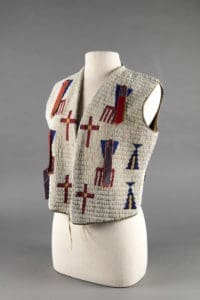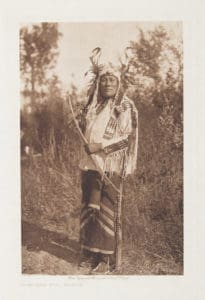In the United States during the late 19th century and into the 20th century, there was a common narrative of the “Vanishing Indian”. This narrative grew from the racist idea of Manifest Destiny, that is, that the entire territory of the United States was “destined” to be occupied and used by European immigrants, and that Native Americans would vanish due to inability to fit into the expansionist goals of that occupation. The “Vanishing Indian” narrative was perhaps epitomized by the artist Edward Curtis, who spent a 30-year effort to photograph Indigenous people before they, in his words, vanished. Many staged photos captured a noble Indian stoically standing proud, as a final image captured before fading away. This narrative, of course, vastly underestimated the resiliency and vibrancy of the various Indigenous peoples that did and continue to positively impact life in this part of the world with determination and dignity.
Contrasting this narrative, the Native American Programs (CANAA) at Plains Art Museum is exhibiting articles of clothing from the late 19th and early 20th century from our permanent collection, as chosen by the Museum’s Director of Native American Programs Joseph Williams. These items existed at the same time as Edward Curtis’s photos were being captured. The articles here are an array of different items, showing their design, colors, their purpose, and vibrancy – and contrasting with the romantic images created by Curtis. The individuals who created these items were not attempting to preserve their history, but to exist within it and continue it. These items are a snapshot of the people who celebrated their culture and daily lives. Each item has their purpose, to be worn at events, and represent the individuals wearing them. Included within this context, are modern Indigenous voices speaking on the importance of clothing, design, culture, and resiliency.
All photographs by Edward Curtis, items presented are from the Plains Art Museum permanent collection. A special thanks to our friends for sharing their thoughts and voices.



